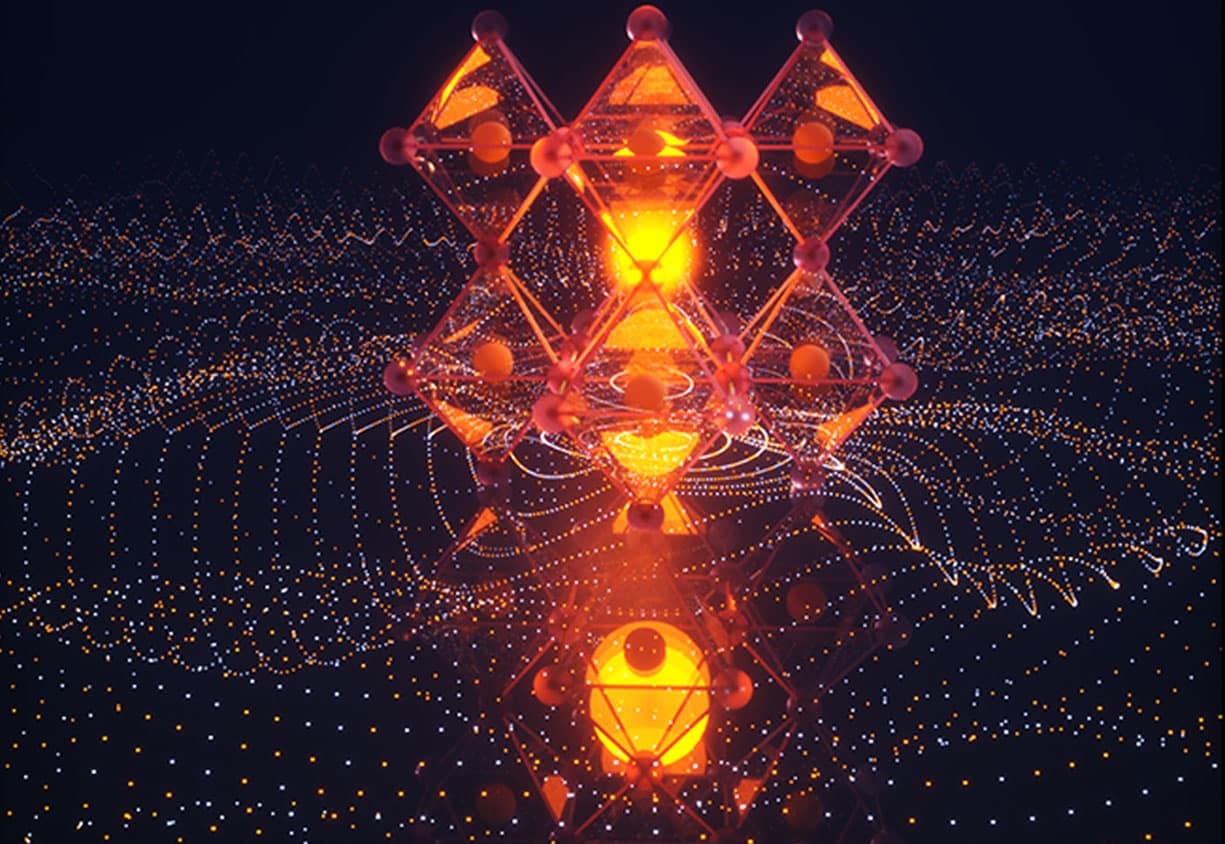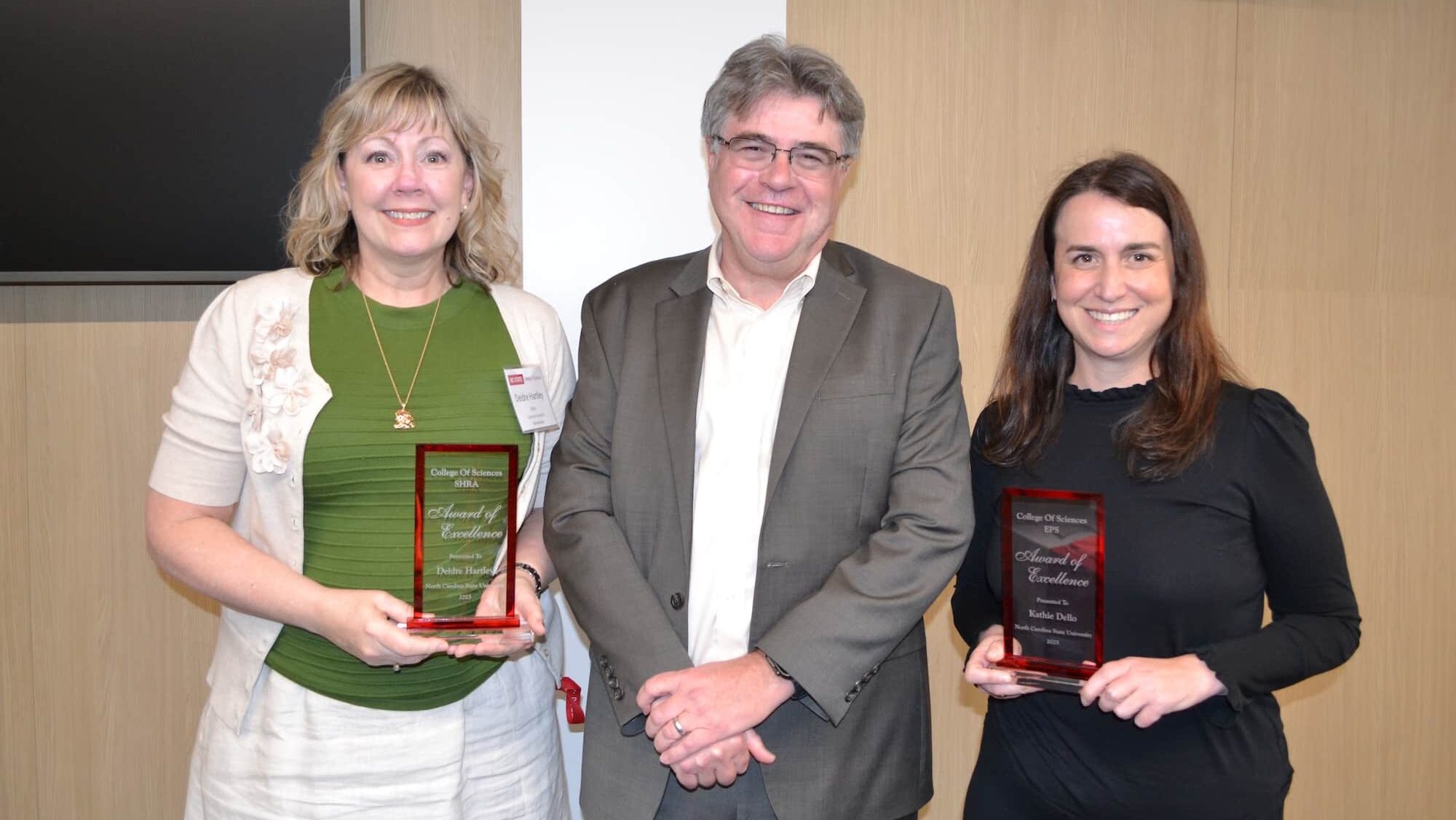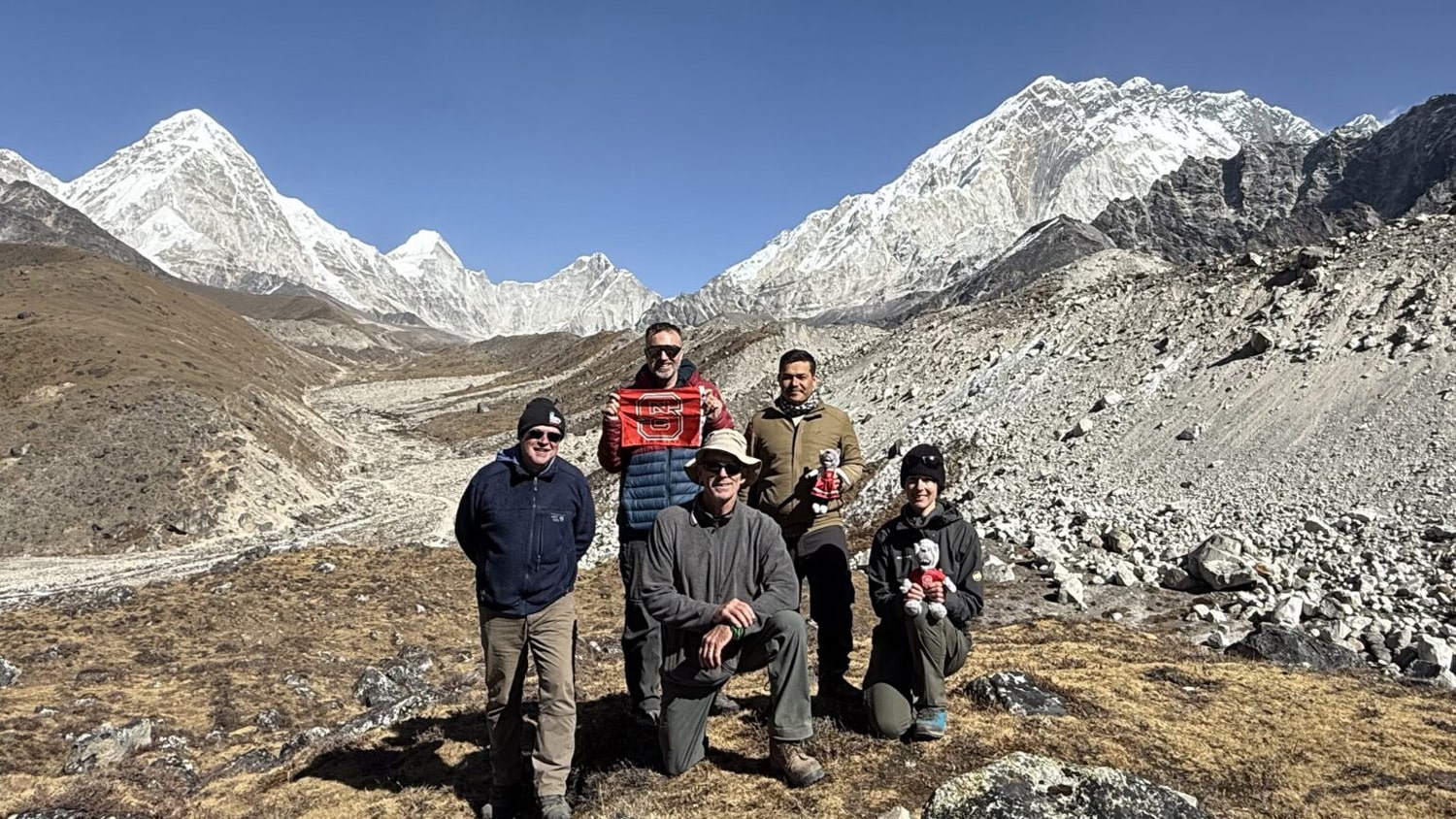James Webb Space Telescope: Q&A With Astrophysicist Bordoloi
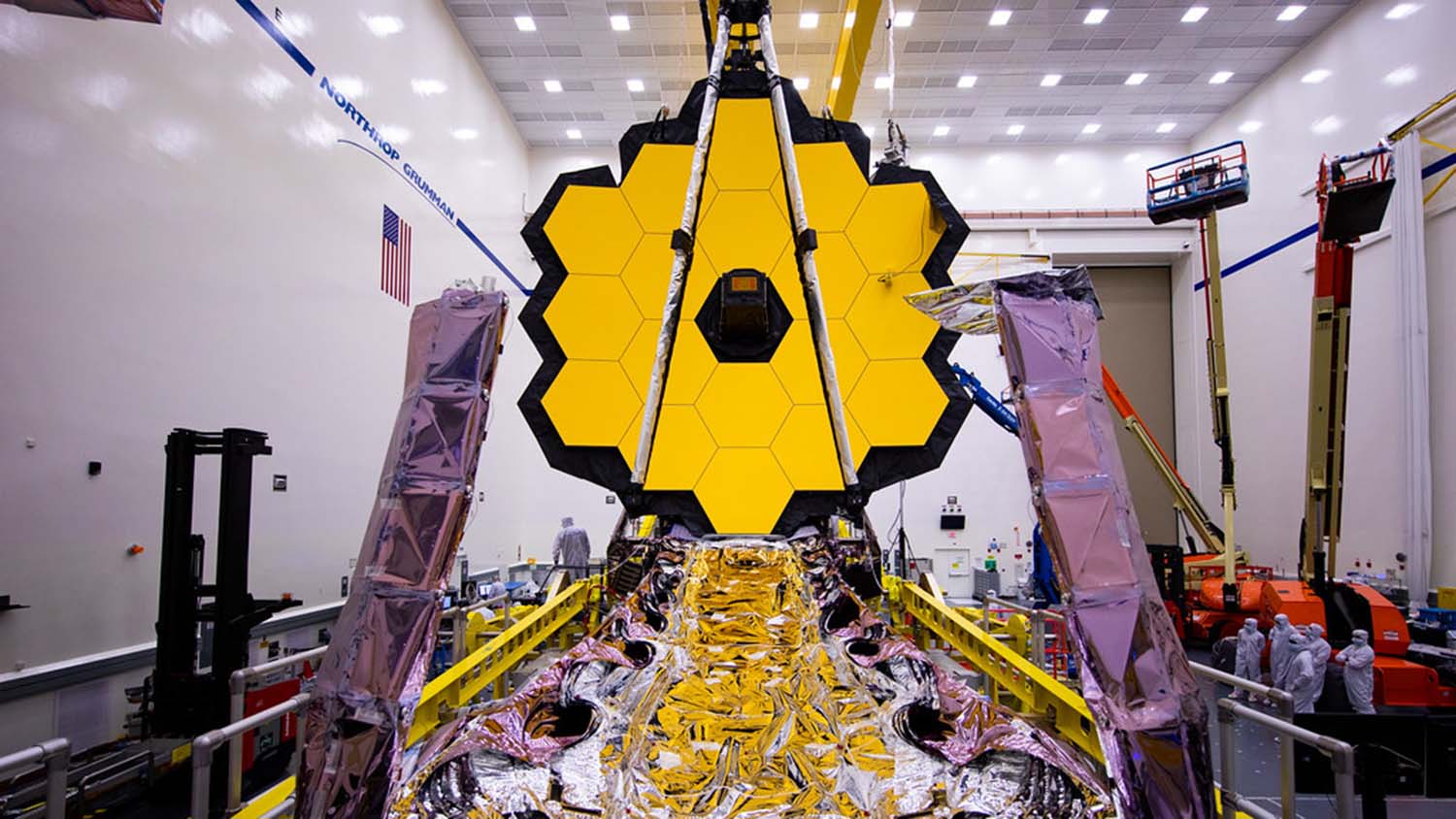
On Dec. 25, NASA is set to launch the James Webb Space Telescope, which will give scientists new insight into the origins of the universe. Rongmon Bordoloi, an observational astrophysicist and assistant professor at NC State who will be involved in a post-launch research program, discusses the telescope and how it will impact his work.
Q: How does the James Webb Space Telescope (JWST) differ from its predecessor, the Hubble Space Telescope (HST)?
A: The JWST is really the long-awaited scientific successor to the HST, which has revolutionized our understanding of the universe. The HST is really optimized to “see” in the ultraviolet and optical wavelengths with some sensitivity in the near infrared wavelength, whereas the JWST is an infrared telescope, optimized to be extremely sensitive to infrared light. Second, the JWST is much larger than the HST. The primary mirror of the HST has a diameter of 2.4 meters. The primary mirror of the JWST is 6.5 meters across. Third, the HST is in space, but very close to us. It orbits the earth in a low earth orbit at an altitude of around 340 miles and one can only observe with the HST when it is in the shadow of the earth facing away from the sun.
The JWST will be placed in a location called the second Lagrange point (L2), approximately 1.5 million miles away from earth. Lagrangian points are positions in space where the gravitational forces of two bodies (earth and the sun here) balance each other out. Hence the JWST telescope can just “hover” in this location while orbiting the sun. As it is always facing away from the sun, the JWST can keep observing continuously. These are only some of the differences between the HST and the JWST.
Oh, and did I mention that the JWST primary mirror is coated in gold? This choice is made to optimize the sensitivity of the telescope to infrared light.
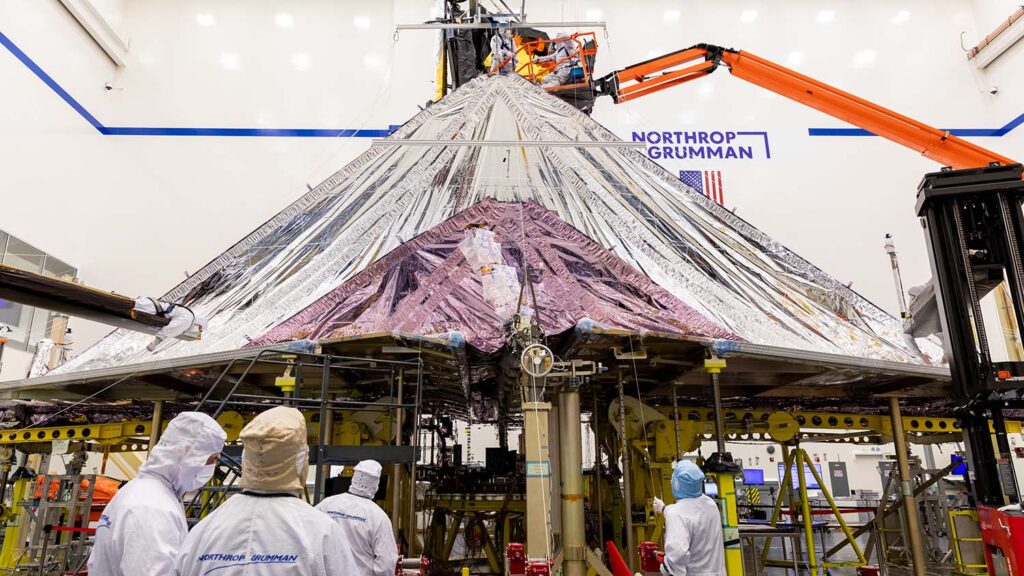
Q: What questions are you hoping that the JWST’s discoveries will answer?
A: Great leaps in astrophysical research are driven by the introduction of new technologies and telescopes. This has been true since Galileo first used a telescope to look at the heavens. It happened with the advent of modern large telescopes, the HST, and we expect that JWST will also revolutionize and open a brand new discovery space in astrophysics.
Two reasons why we are upbeat about it are the following:
- The JWST has a much larger mirror than the HST. In fact it is the largest-diameter telescope in space. Telescopes are like light buckets; the larger the mirror, the more photons we can collect. As a result, the JWST will be far more sensitive to faraway, fainter galaxies and stars than the HST will ever be.
- Light coming from the first galaxies and stars formed a few hundred million years after the Big Bang is very faint. Furthermore, the universe has been expanding since the Big Bang took place 13.8 billion years ago, which means that all the galaxies are moving away from each other. The farther away one object is, the faster it is moving away from us. As light travels with finite speed, this expansion of the universe stretches the wavelength of the light as it reaches Earth, making it redder. Hence the (UV and optical) light from the first galaxies and stars that formed a few hundred million years after the Big Bang will appear in infrared wavelength to us today. As the JWST is an infrared telescope, it is well poised to observe them.
Because of this we will be able to ask some very fundamental questions such as:
What did the early universe look like? When did the first stars and galaxies form? How did the first galaxies evolve over time to form the Milky Way like galaxies today? How do stars form and die, and do their deaths impact the surrounding medium? Where do planetary systems form and evolve?
Q: How have technologies developed for the new telescope also led to advances in areas outside astrophysics?
As the JWST is a completely new kind of telescope, several key pieces of technology were invented to make it work — from the sunshields needed to protect the telescope from the sun’s glare to the micro shutter arrays used in detectors.
NASA has a fact sheet about the new technologies that emerged from the development of the JWST, including four patents that were issued.
One significant piece of new technology described in the fact sheet is the Scanning Shack-Hartmann Sensor, a wavefront measurement device that has “enabled eye doctors to get much more detailed information about the shape of your eye in seconds rather than hours.”
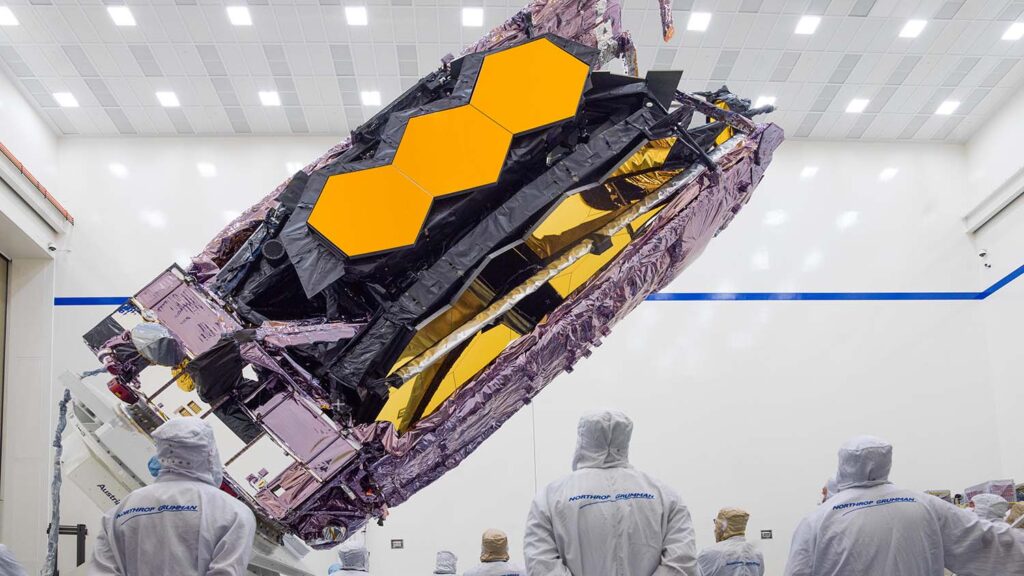
Q: Can you tell us about the post-launch program you will be involved with?
A: I am a leading member of a large JWST Guaranteed Time Observations (GTO) program — which consists of 114 hours of observing time — that will study how the early galaxies formed 13 billion years ago and how they acquired their mass. We will be conducting deep observations of early galaxies to understand how they evolved and formed stars to become a large galaxy like the Milky Way, which can harbor a solar system and life itself.
One of the amazing discoveries that the HST made was the realization that most of the baryons in galaxies like our Milky Way are actually not in the stars that we see around us, but rather in a diffuse gaseous halo around galaxies called the circumgalactic medium. These gaseous halos are reservoirs from where gas can accrete onto a galaxy and provide the fuel needed to form the next generation of stars.
Our JWST program will create the first census of diffuse baryons in the circumgalactic medium of the first galaxies 13 billion years ago. This is really the fuel these galaxies will have to form the future stars and grow their mass. By understanding how this process works, we will constrain the fundamental theories of galaxy evolution.
This is an international collaboration led by NC State, Massachusetts Institute of Technology (MIT), ETH Zurich in Switzerland and Nagoya University in Japan. I became involved in the program as a Hubble Fellow at MIT a few years ago. Over the last four to five years, we have been diligently preparing for the JWST and performing preparatory work for this program by performing all other ground based and HST observations.
Our team will be some of the first people in the world to utilize this amazing new telescope and look at some of its first observations.
Q: How will the JWST impact your work?
A: The JWST will fundamentally change the way I do my work. Over the next year, more and more of my research program will shift toward our large JWST program to study the evolution of early galaxies. We will have the first glimpse of the JWST’s key science question, “How did the first galaxies evolve over time to form the Milky Way like galaxies today?”
We expect to have a much better understanding and appreciation of how the structures, stars and galaxies in the early universe formed thanks to the JWST. And I am very excited about all the unknown things we will learn about the universe as we point a new telescope towards the heavens. Just as Galileo discovered the moons of Jupiter with a telescope without expecting to find them, we don’t really know what new discoveries we might find as we stare deeper into the universe. This will be a very exciting time for all astronomers across the world.
- Categories:
